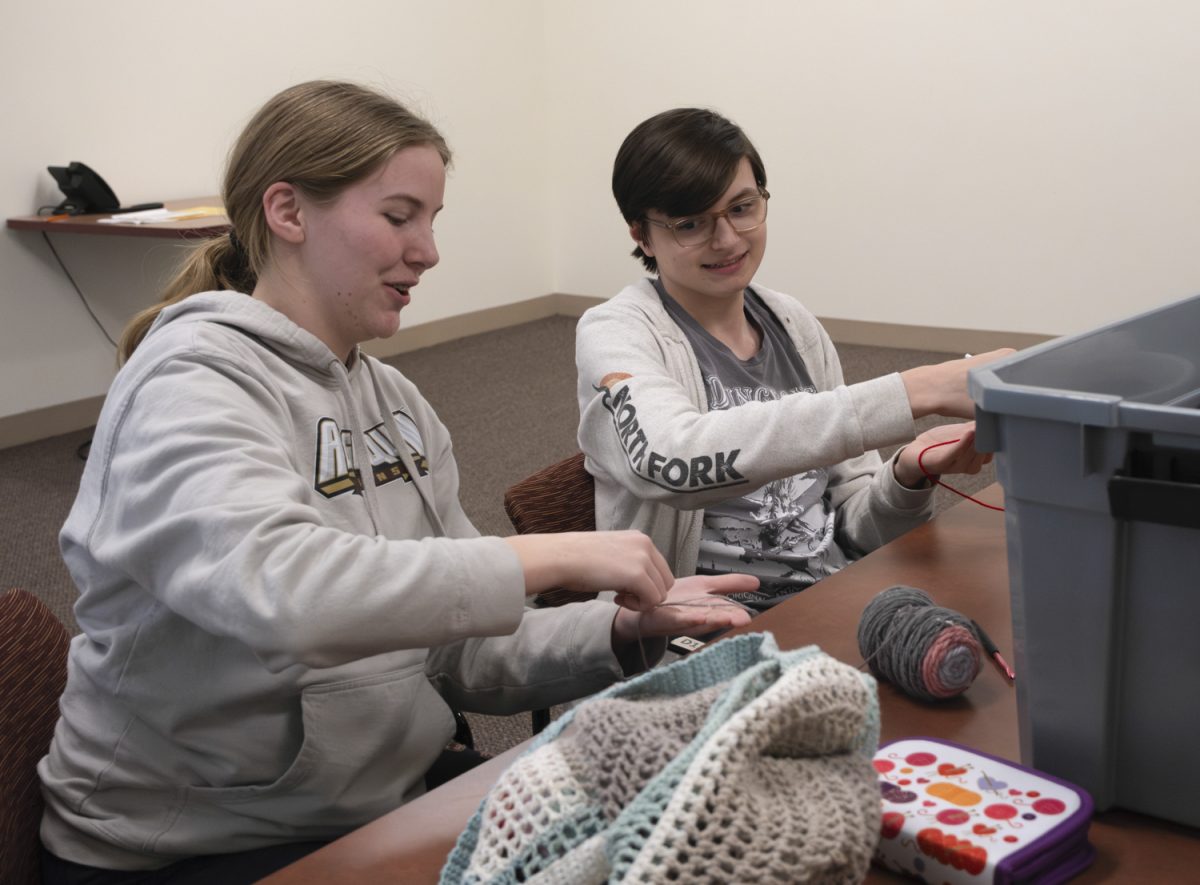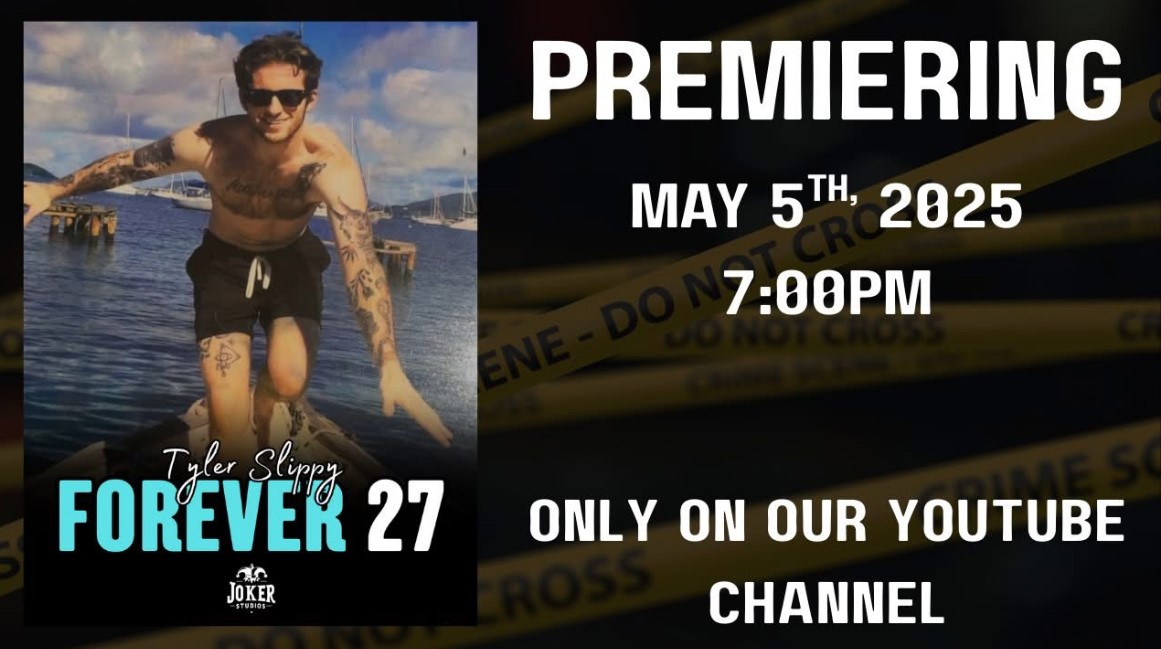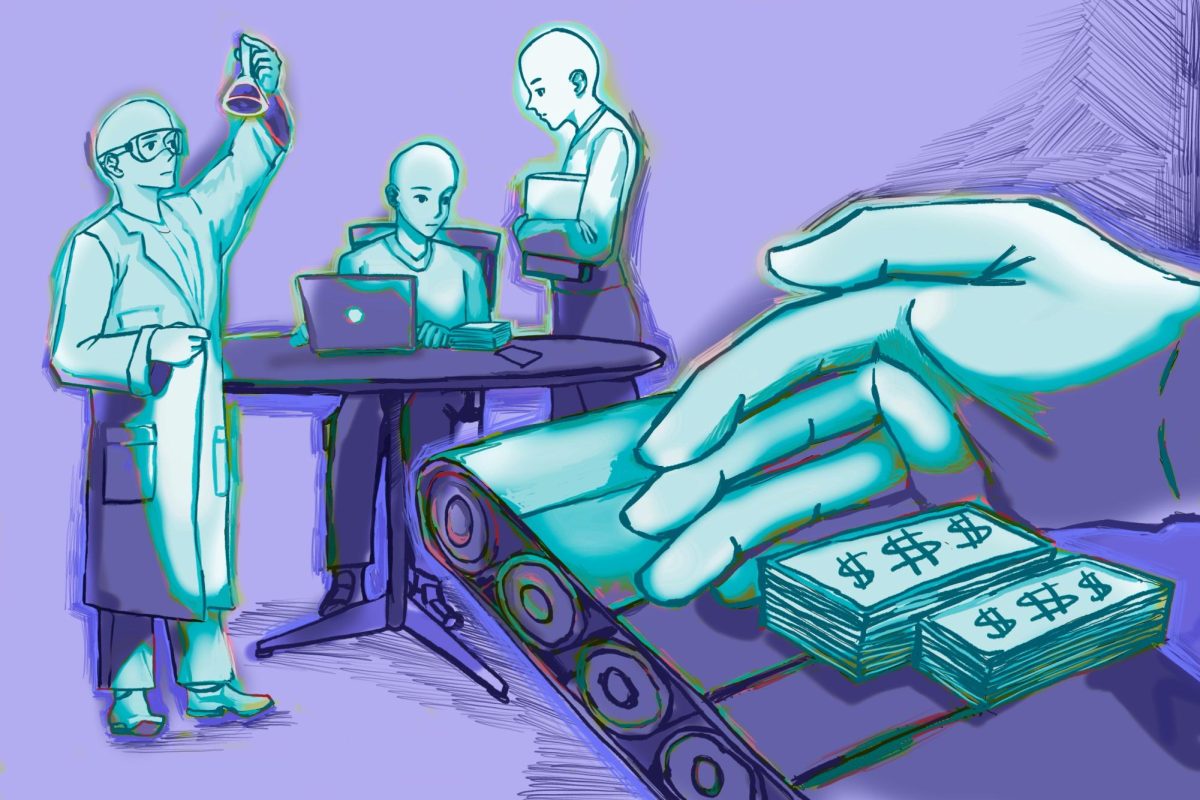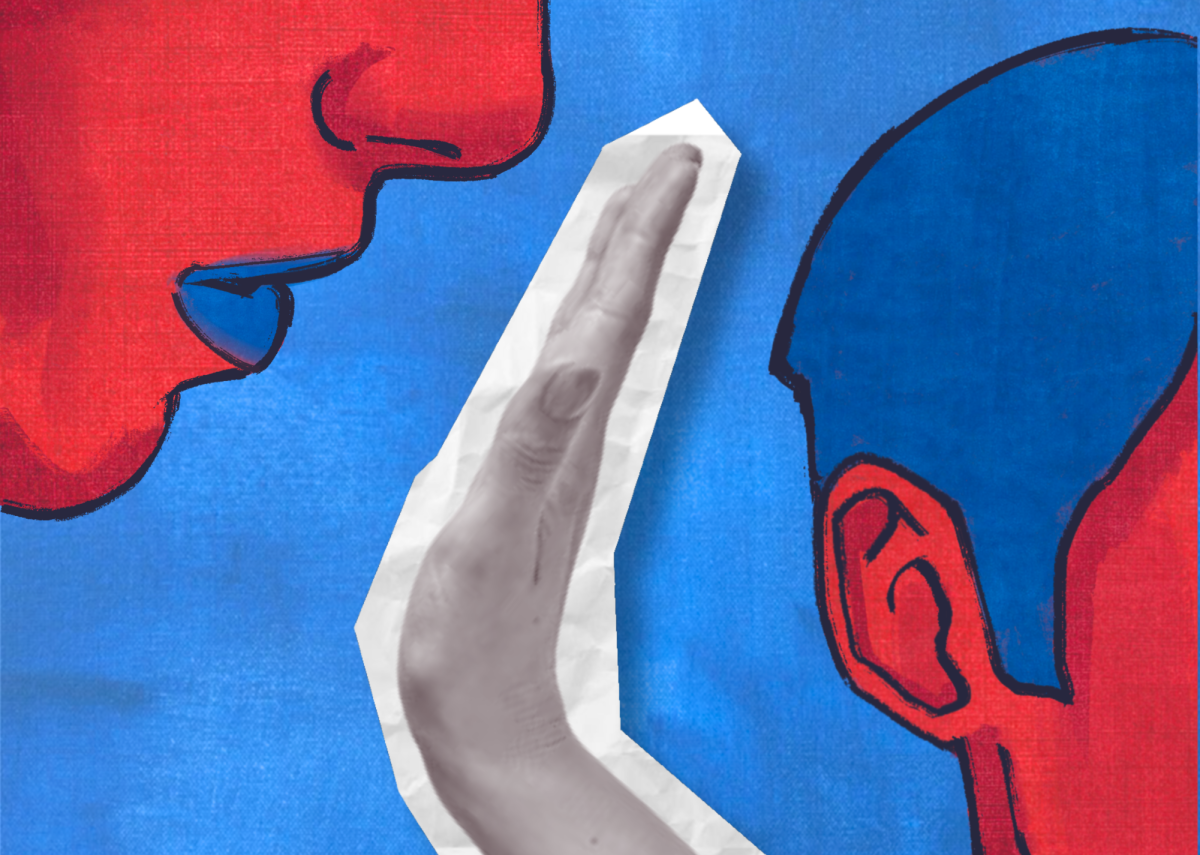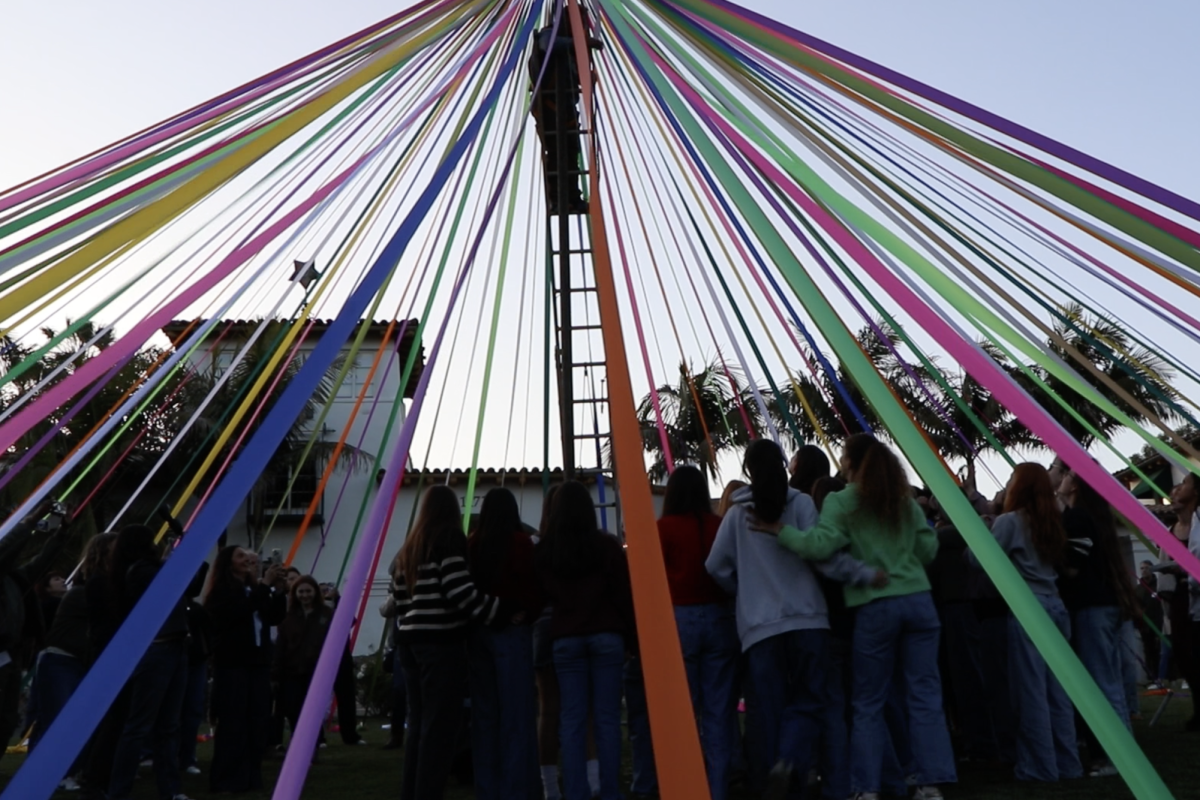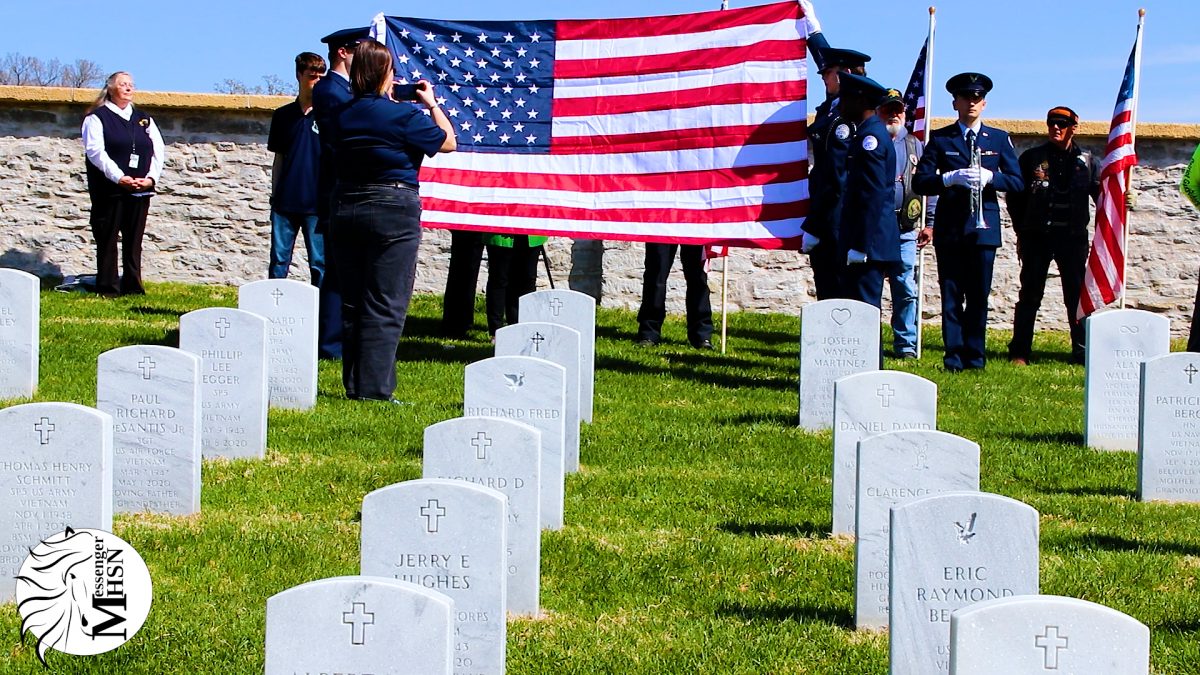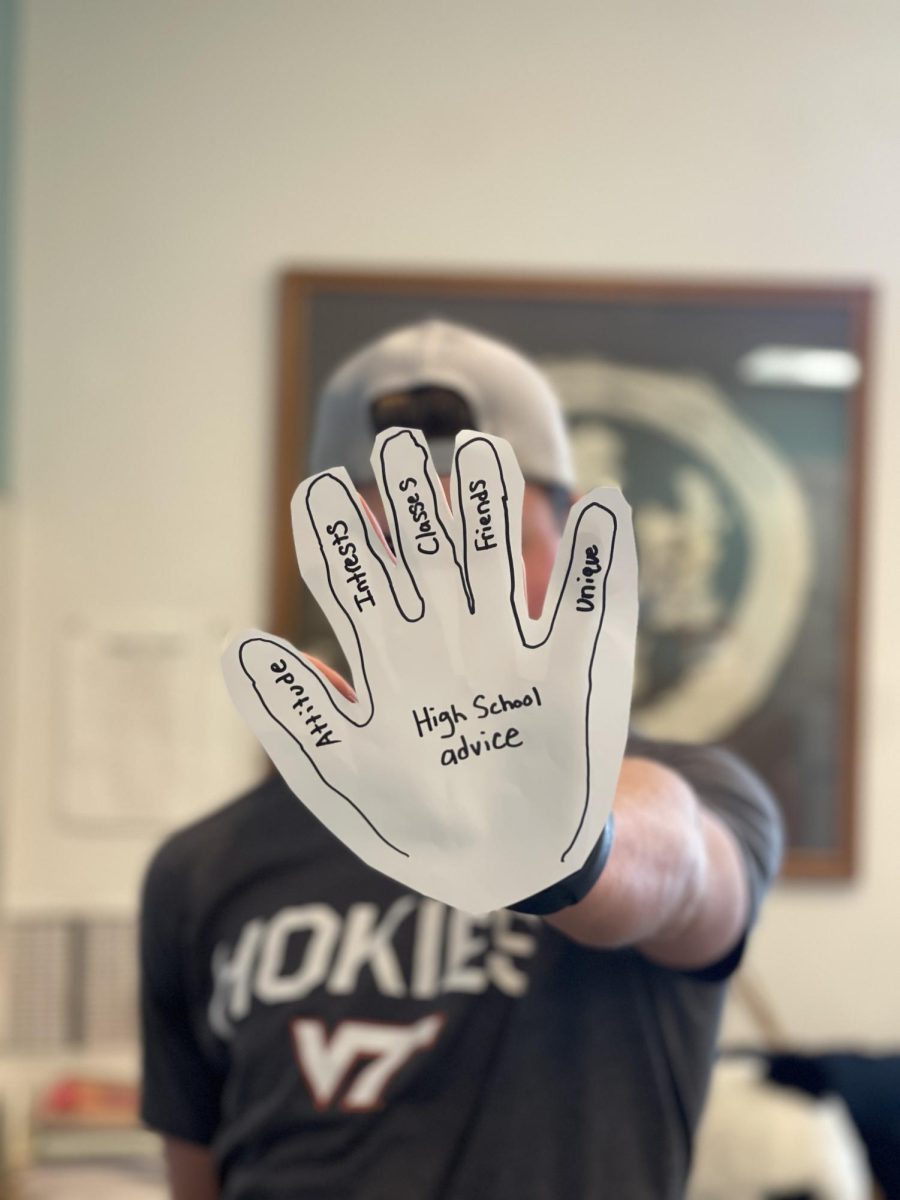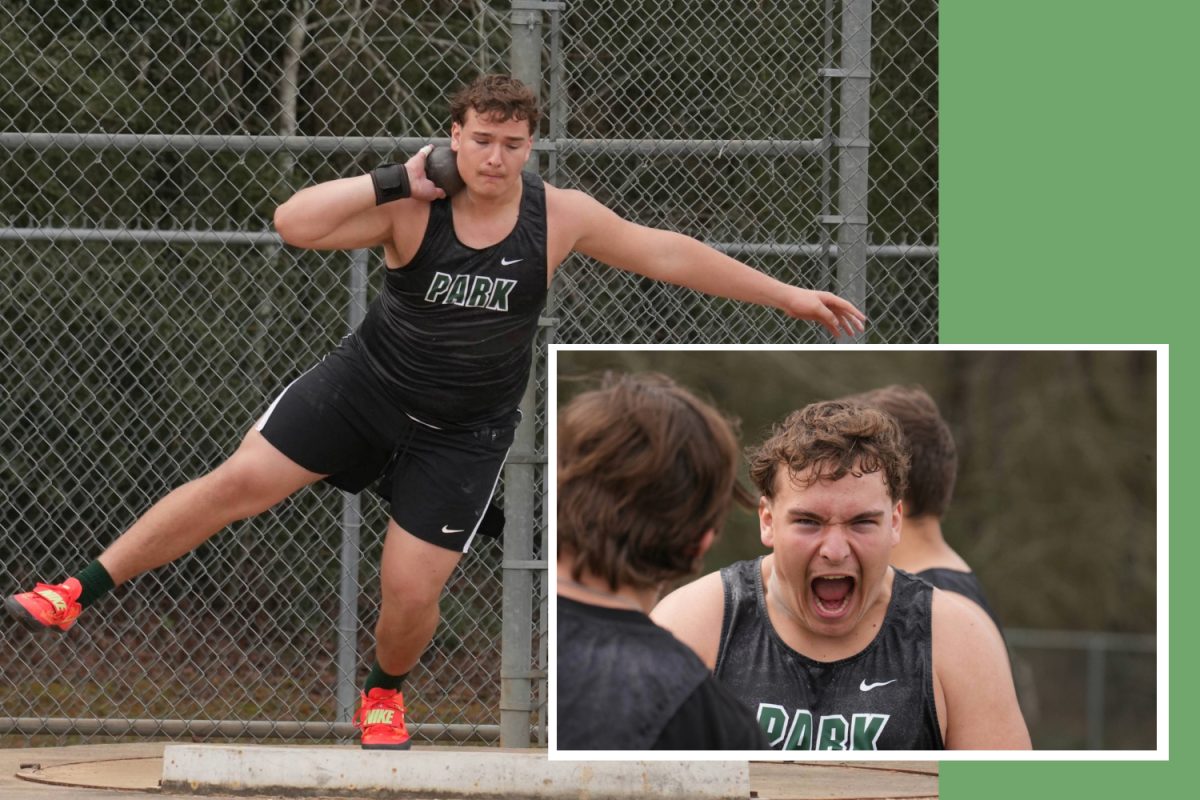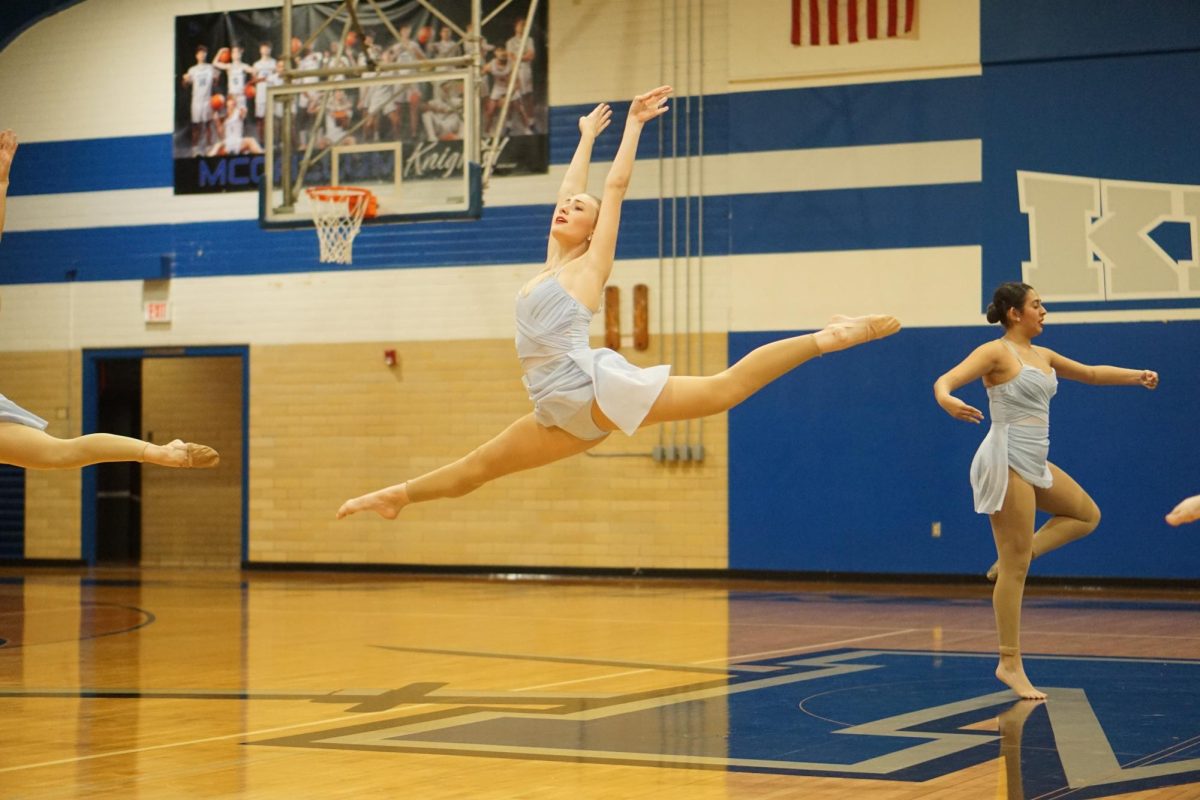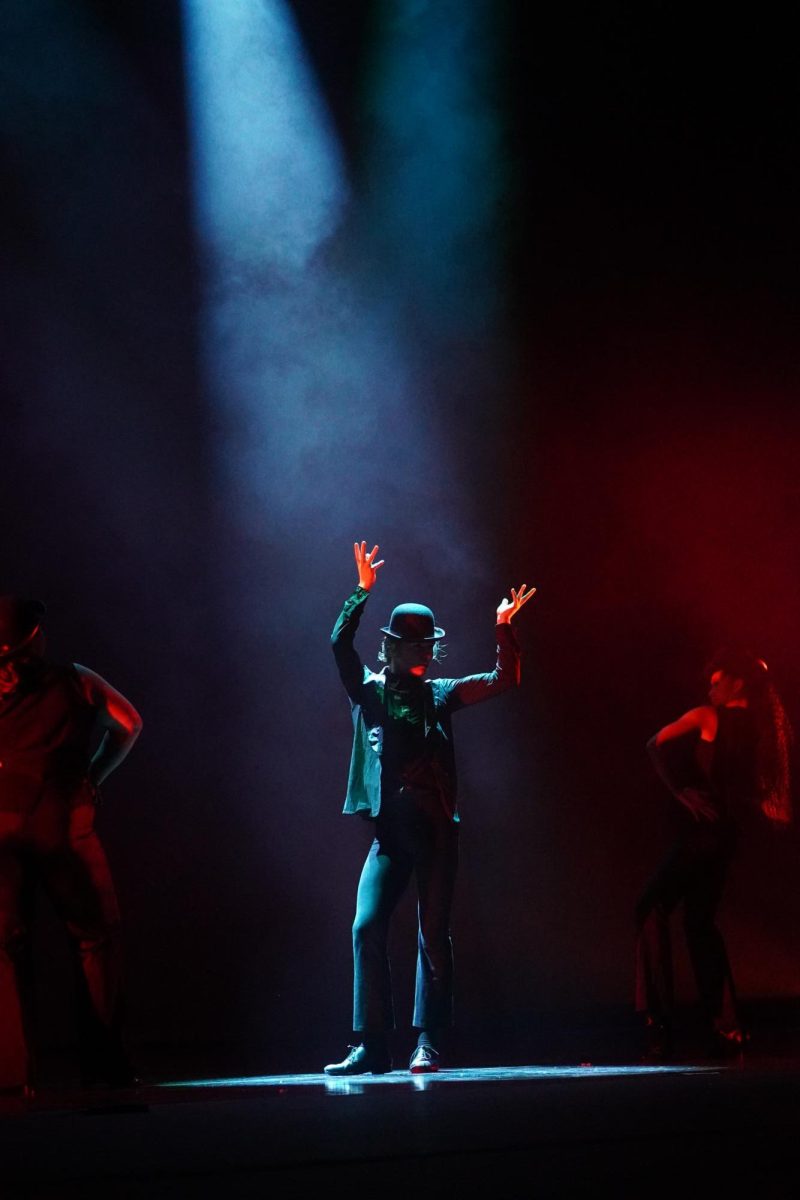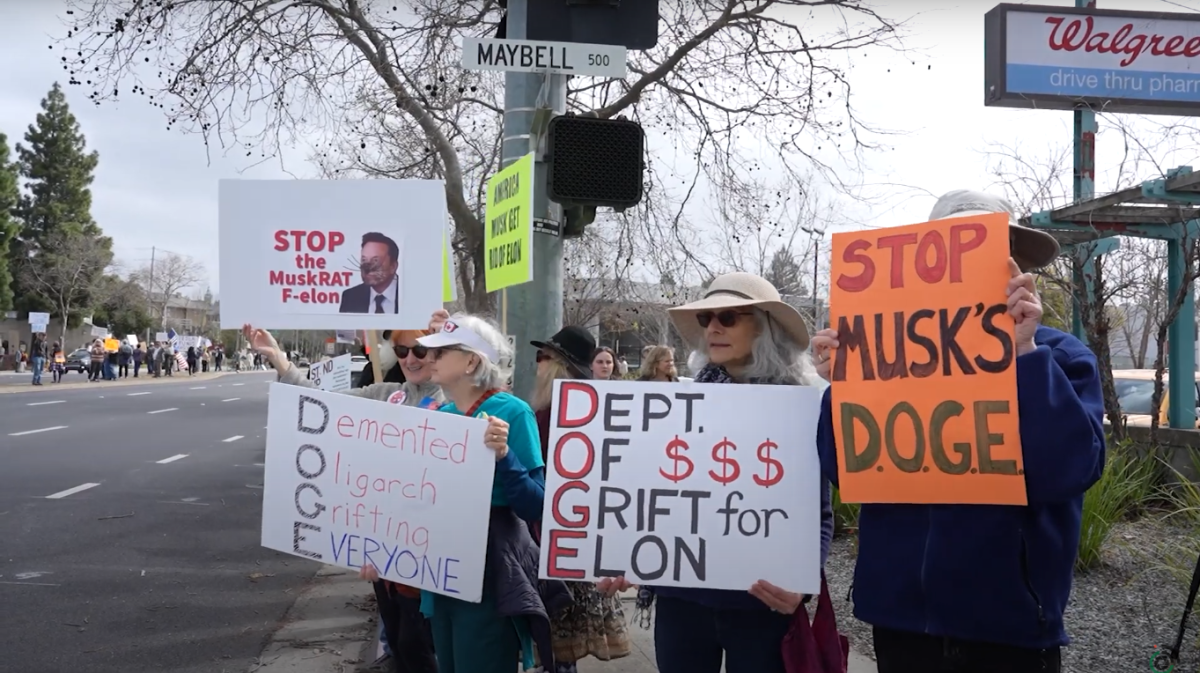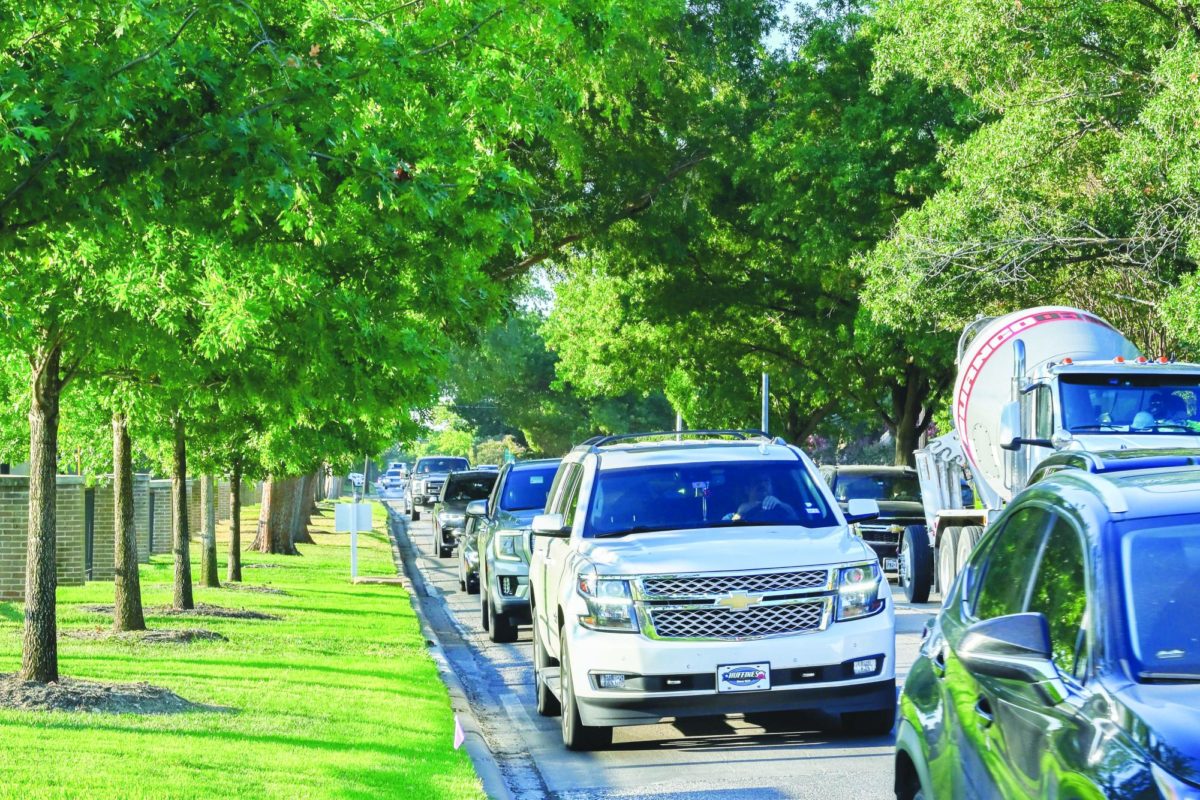As the traffic light flashed green, senior Sharang Vyas lurched forward.
Accelerating onto the toll road access ramp, he felt his anxiety begin to resurface. With only a short runway of an entrance lane, Vyas, still gaining speed, turned on his blinker and prepared to merge into the right lane of the highway.
Seeing a vehicle approaching in his rearview mirror, Vyas replayed the accident in his mind.
Please don’t hit me. Please don’t hit me. Please don’t hit me.
Vyas knew he had more than enough space to merge, yet he couldn’t shake the image of the crash. The flat tire. The speeding car rapidly approaching. Knowing there was nothing he could do to get out of the way.
Reality set back in, and with only seconds to spare, Vyas steered his vehicle into the adjacent lane, and this time, the car behind him did not speed into his rear bumper.
But his trip on the highway had just begun, and he would not feel totally at ease until he completed the long journey home to Southlake.
For Vyas, typical driving maneuvers have become increasingly more worrisome after two car accidents in the city.
He isn’t the only one concerned with driving conditions here.
Forbes reported that Dallas has become one of the most dangerous cities to drive in across the entire nation, second only to Atlanta by a narrow margin.
With continued strain on infrastructure and an increase in reckless driving, it may get worse for Dallas drivers. According to Allstate’s best drivers report, Dallas drivers are 46 percent more likely to get in a crash than the average U.S. driver, and based on a report from the National Highway Traffic Safety Administration(NHTSA), driving deaths in Dallas increased by 49 percent from 2010 to 2019.
Vyas is no stranger to this statistic.
His first car accident took place when a speeding vehicle rear-ended him on the highway. Vyas, who had a flat tire, was traveling in the right lane of the freeway with his hazard lights on towards the closest exit when the vehicle crashed into him.
Having moved to the metroplex from Oakland, Calif., Vyas has seen a noticeable change in driving behavior.
“The drivers here are definitely a lot more aggressive,” Vyas said. “There is a lot of tailgating on the freeway, and there are people swerving lanes all the time. A lot of trucks and fancy sports cars go really, really fast. I’m late for a class so many times in the morning because there’s just a massive accident that blocks the entire freeway.”
Vyas partially attributes reckless driving in Dallas to the spread-out nature of North Texas.
“It’s so much bigger here,” Vyas said. “There are more open roads and speeding. In California, the roads in the Bay Area are always congested, and it’s not as easy to go fast. People are a lot more careful there. Police are also a lot more active there than here, especially with speeding.”
Dallas Police Officer Michael Ullah agrees with Vyas in that speeding has become far too commonplace in Dallas, comparing the Dallas North Tollway to the autobahn.
“I think there might be this notion out there that it’s harder to get a ticket in Dallas,” Ullah said. “Maybe people drive a little more reckless here versus Plano or Frisco where you see officers running more radar or doing more speed control.”
But such prevalent speeding in Dallas is putting drivers at greater risk, and, according to Ullah, is the largest contributing factor to car crashes in the city.
As the vice-president of Kinley Horn, a engineering consulting firm, Tom Grant oversees the designing of intersections for cars, transit, bikes and pedestrians.
Grant confirms that the problem of speeding in the city is real. But according to Grant, work is being done to decrease speeding by configuring road designs to discourage drivers from traveling at high speeds.
“If there are a lot of trees or cars parked on the street, that makes you feel like, ‘I better go slow just to make sure I’m being safe’ versus some roads like Preston, where it feels natural that you should be going 60 miles per hour, even though there’s a speed limit of 45 or 35,” Grant said. “Road design is something that’s changing a bit to try to help change people’s driving patterns.”
Grant believes that as cars get safer and faster and drivers become more dependent on their car’s technology, pedestrians are put at higher risks than they have been in years past. Due to the lack of pedestrian infrastructure in Dallas, this problem is amplified.
“Electric vehicles weigh more than [gasoline] cars, and they can go faster, which is a problem for people, especially new drivers,” Grant said. “We can go from zero to 60 mph in just a couple of seconds whereas before, it would have taken ten seconds. You tap the gas and you’ve got more power than you’re used to, so even though these cars have safety features on, pedestrians and other cars that don’t have those safety features are at risk if people aren’t paying attention.”
The City of Dallas has labeled several streets, such as Royal Lane, as “High Injury Corridors” where more pedestrians or bikes are more likely to get hit.
“There’s a lack of good pedestrian and bicycle facilities,” Grant said. “So if there’s not a good sidewalk or bike lane, that’s one of the concerns, and so the city is trying to improve safety for the vulnerable users which are primarily the pedestrians and bicyclists.”
Grant says that along with a lack of infrastructure, distracted driving has become a major problem throughout the country over the last decade. The NHTSA reports that texting while driving is six times more dangerous than driving drunk.
During his 14 years at the department, Ullah has seen Dallas driving worsen as the usage of smartphones has become more rampant in the car.
“It used to be a very rare thing to see someone driving on their phone,” Ullah said, “and now it’s almost normal. That’s correlated to more traffic accidents and just bad driving in general.”
Drivers ed instructor Tony William, who works for Dallas Driving School, believes teen drivers are the most susceptible to distracted driving.
“Many times, young drivers are too busy texting or listening to music, and then they get into an accident,” William said.
In fact, according to NJM insurance, teen drivers are three times more likely to get in an accident compared to drivers aged 20 and above. But William thinks he has an answer.
“My solution, and I tell people every day in fact, is that you need to observe your situation,” William said. “When you’re driving, look at both corners. Even if you have the right of way, you still want to check. You can always be more observant and attentive.”
William says that at Dallas Driving School, about half of his students do an online parent-taught program as opposed to going to an in-person driving school. William feels attending a driving school is superior to other programs as students are forced to pay more attention.
Vyas, who completed an online parent-taught driver’s ed course, thinks his father prepared him well to take on Dallas roads.
But Vyas sees how the online learning portion of the course, where he learned more technical details and rules of driving, can be ineffective when students easily breeze through the lessons and pass the sections tests without actually learning any information.
Vyas thinks this factor may leave new drivers at a greater disadvantage, taking on driving in Dallas without a sound foundation of how to navigate a vehicle.
“You have to be more careful when you’re learning how to drive here.” Vyas said. “If everyone is careful, it becomes less dangerous, so an emphasis on that while learning how to drive will make it better.”
For Ullah, it all comes down to controlling two factors: managing speed, and staying off your phone. Driving at or below the speed limit and holding off on that one text or phone call keeps yourself and every other driver on the road a little bit safer. By keeping these two rules in mind, young drivers can learn how to best navigate the dangerous landscape of Dallas driving.
This story was originally published on ReMarker on September 21, 2023.

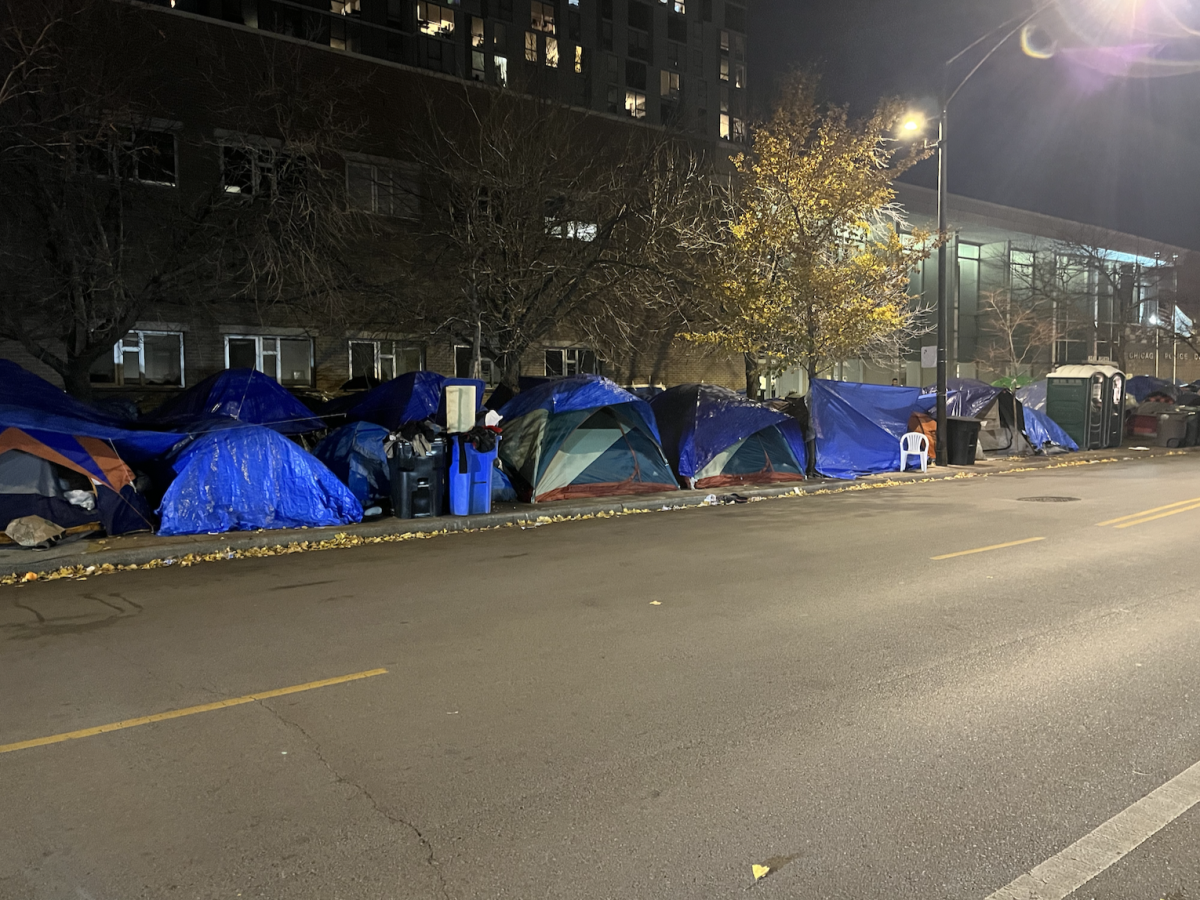
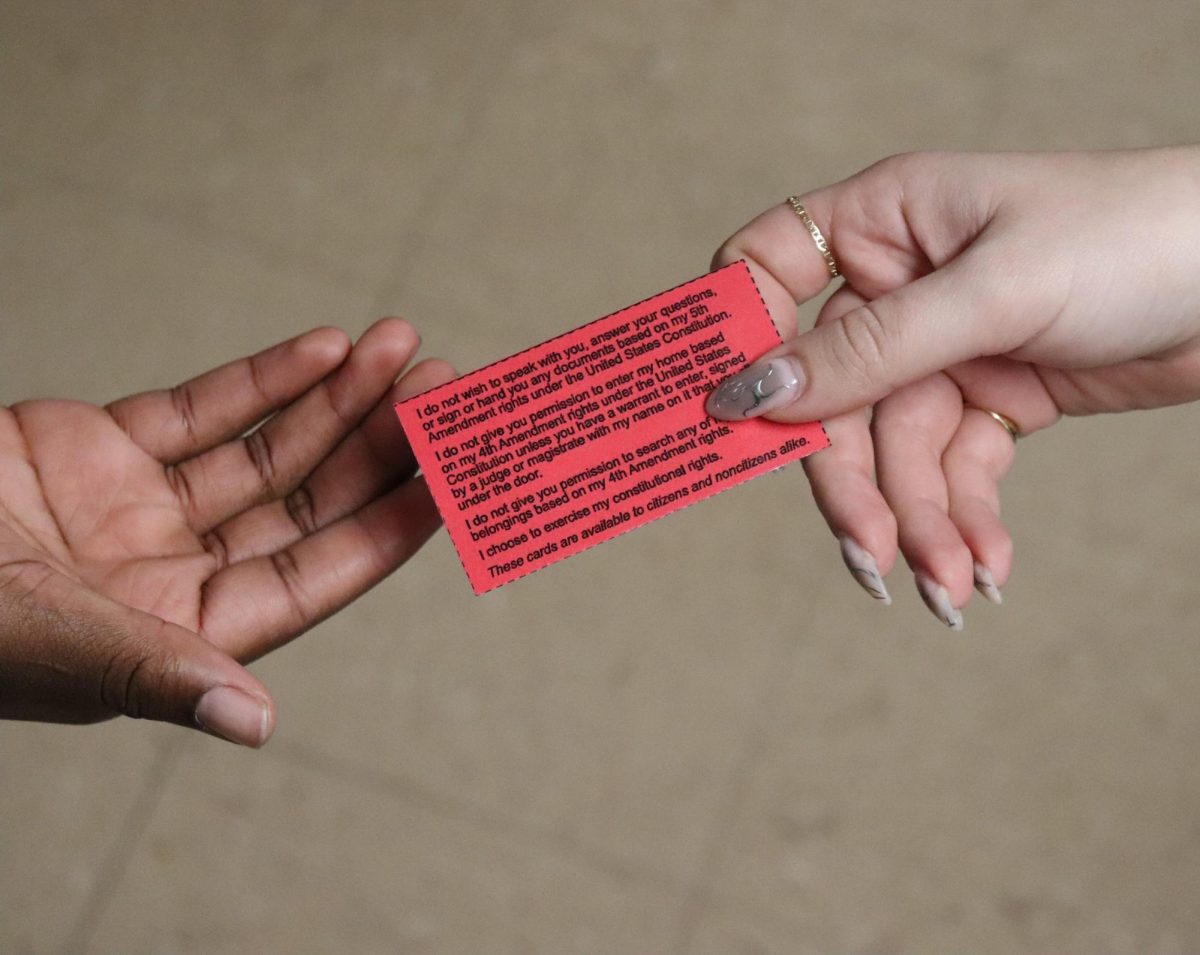
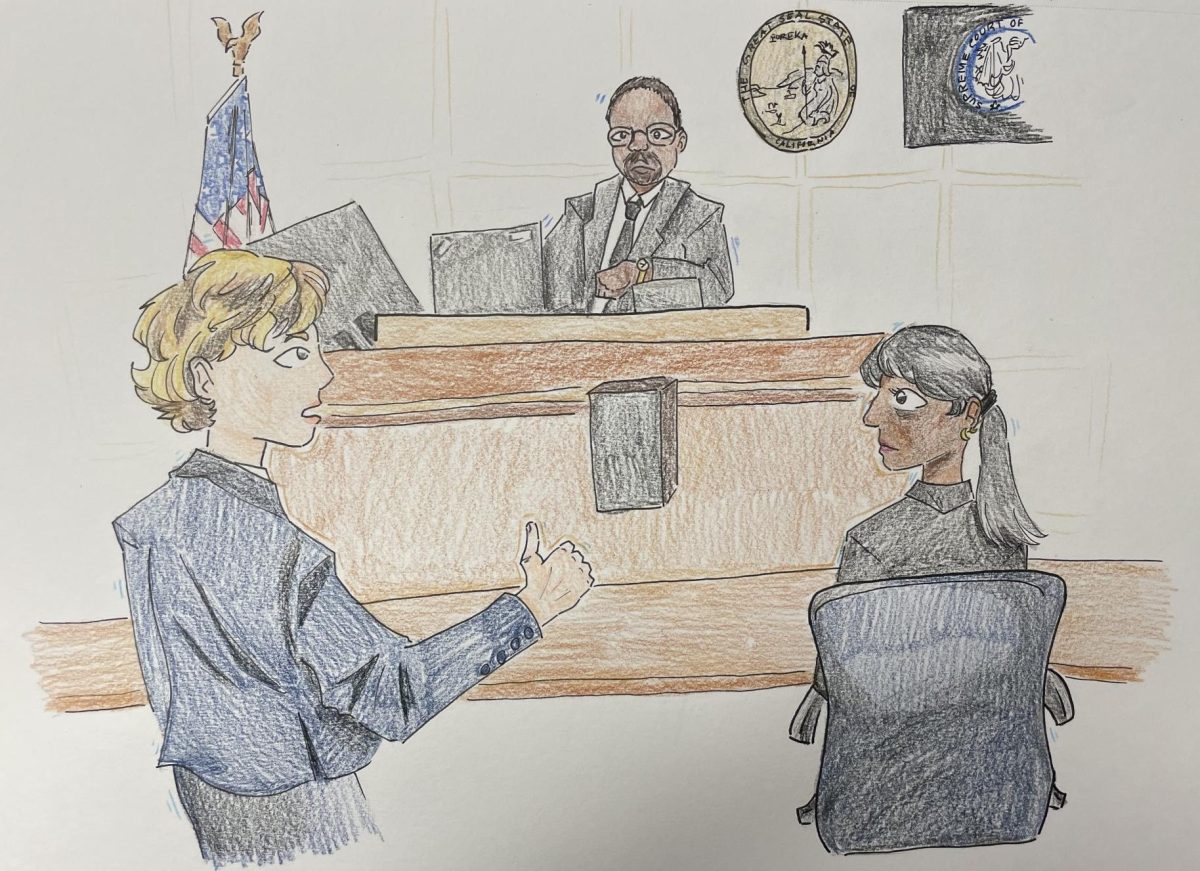

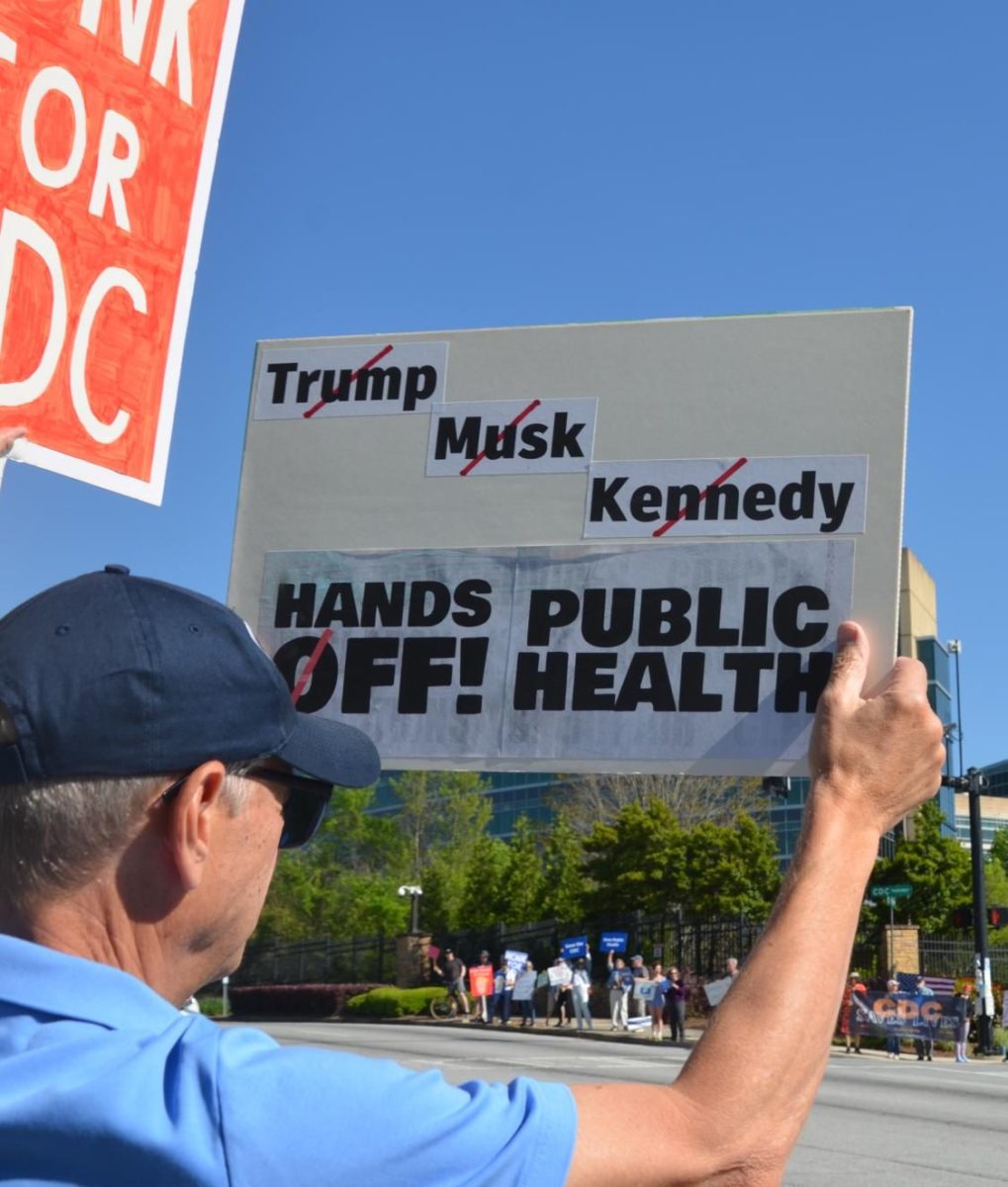

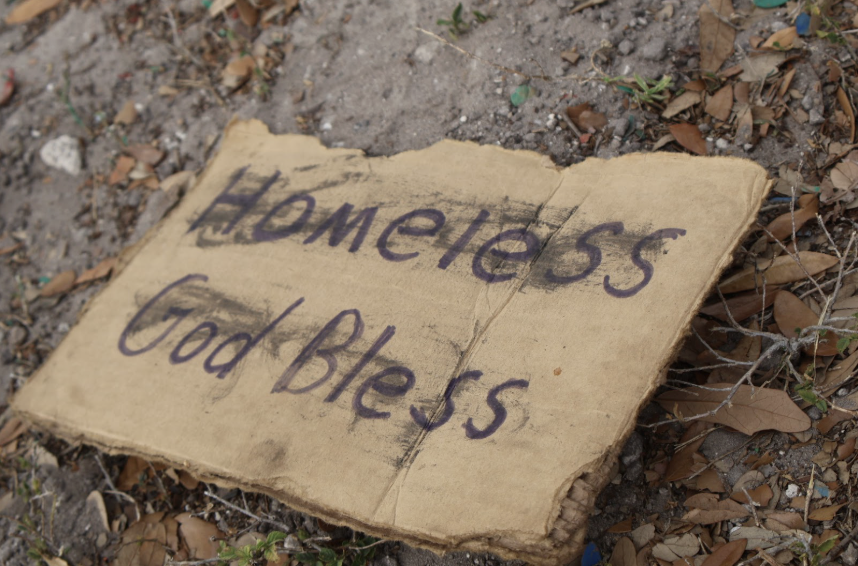
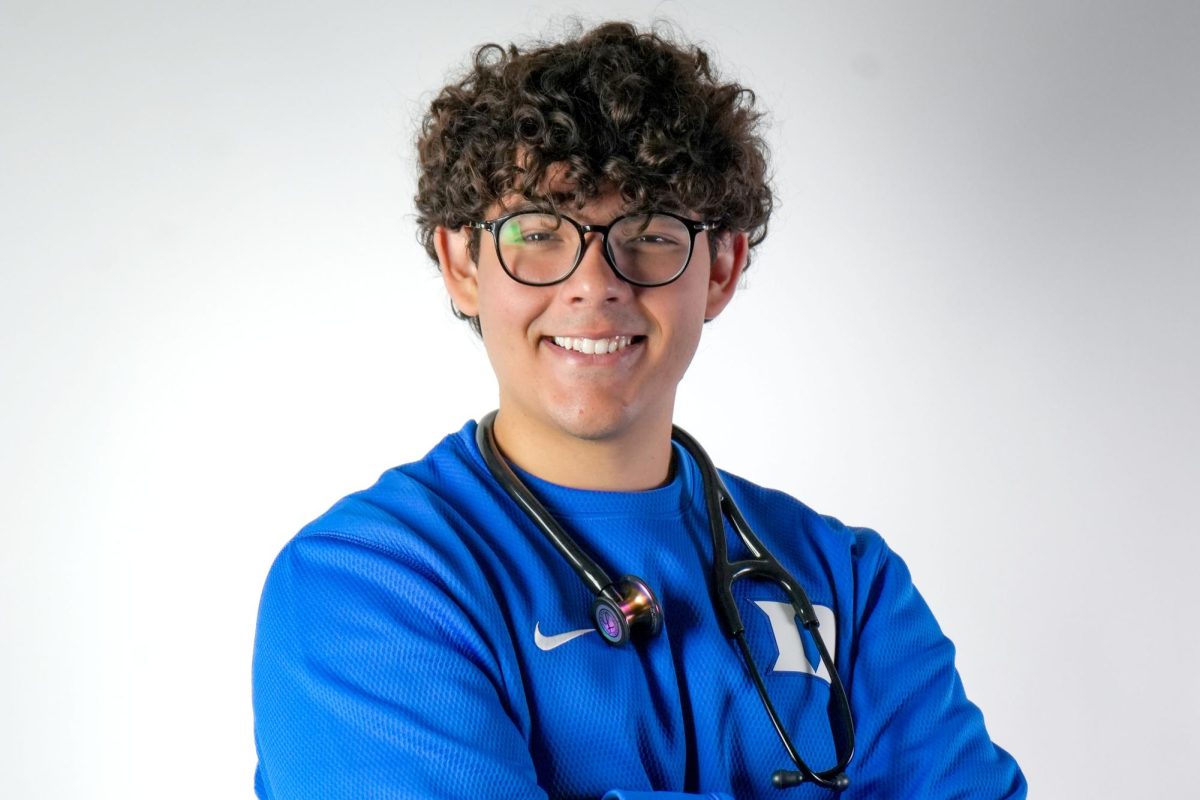
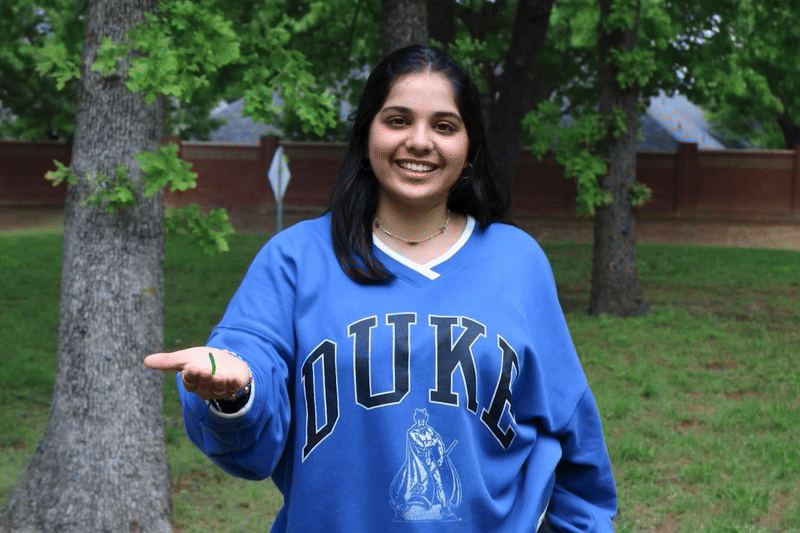
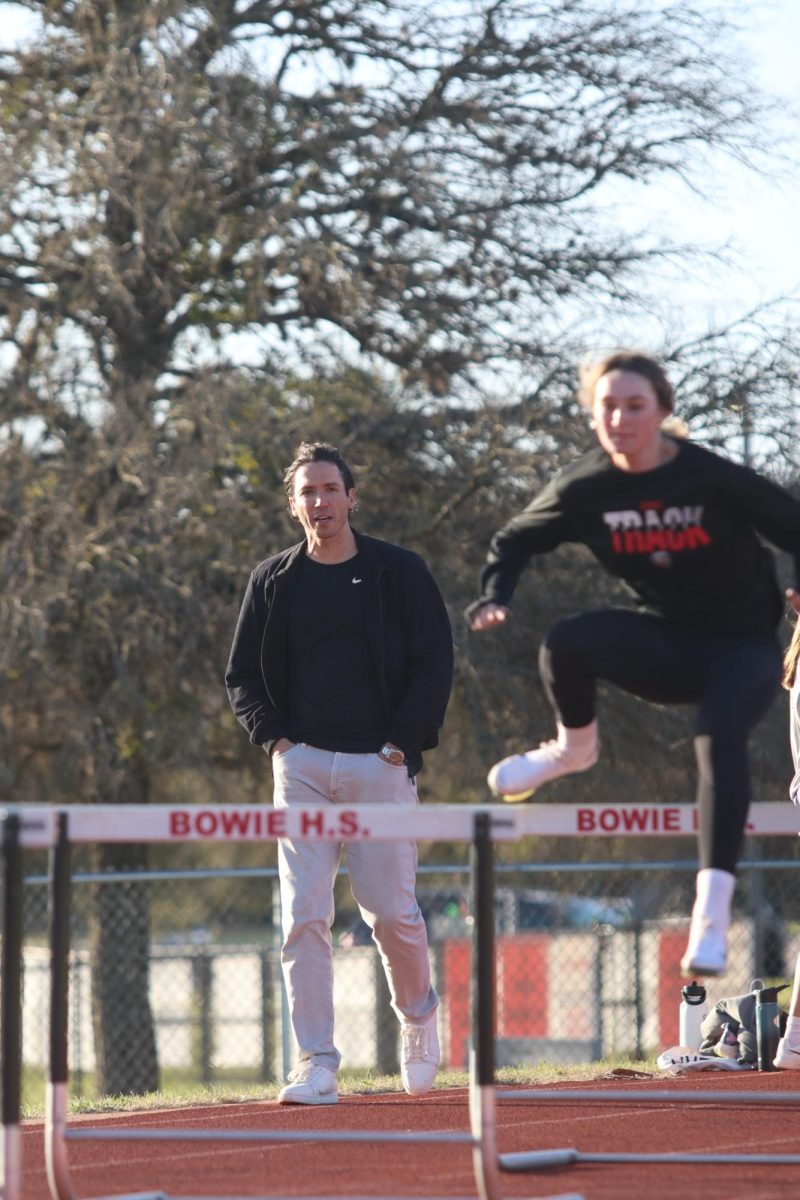
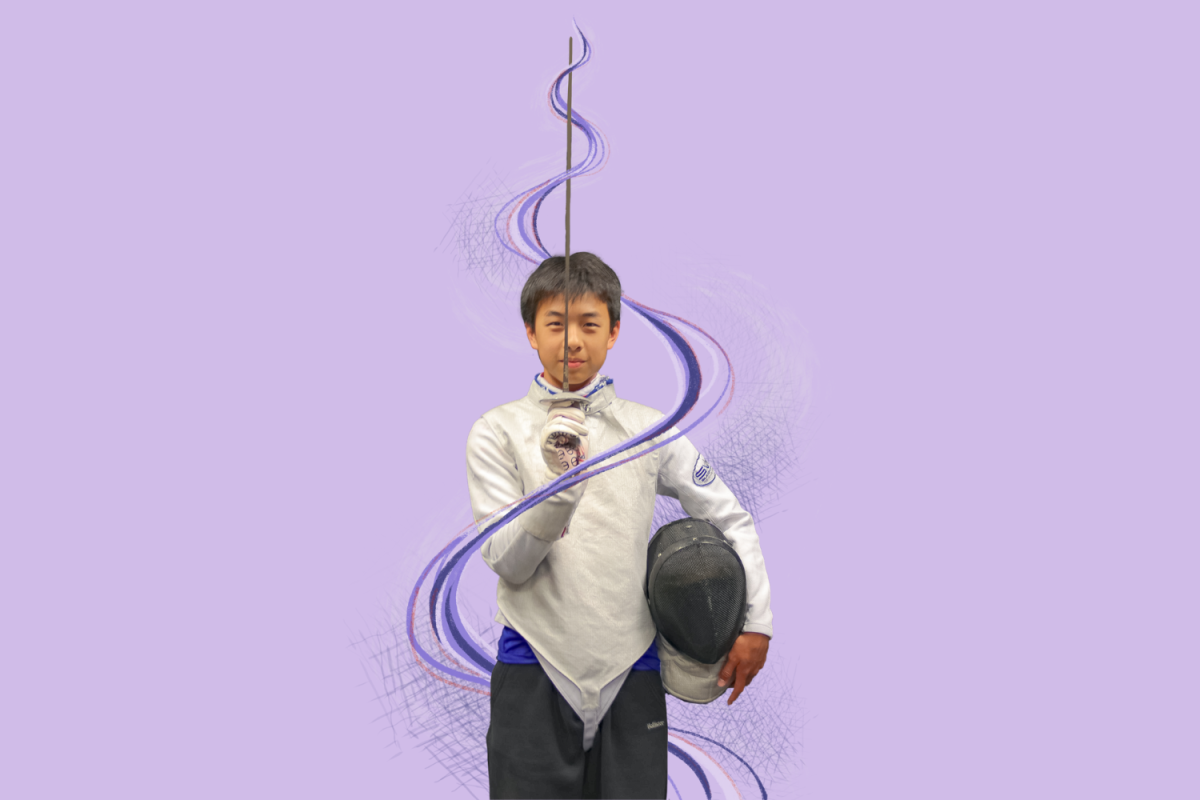
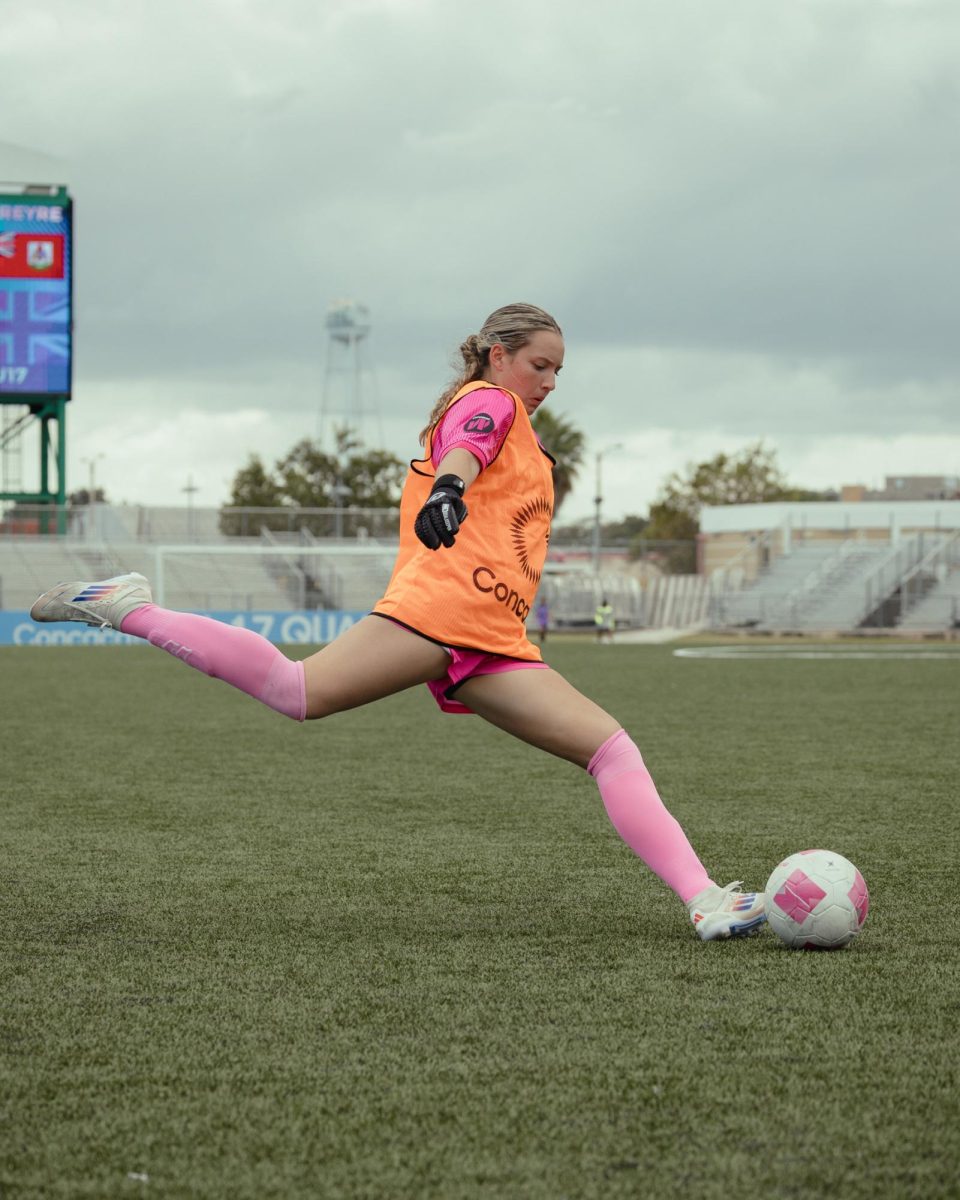


![Finishing her night out after attending a local concert, senior Grace Sauers smiles at the camera. She recently started a business, PrettySick, that takes photos as well as sells merch at local concert venues. Next year, she will attend Columbia Chicago College majoring in Graphic Design. “There's such a good communal scene because there [are] great venues in Austin,” Sauers said. “I'm gonna miss it in Austin, but I do know Chicago is good, it's not like I'm going to the middle of nowhere. I just have to find my footing again.” Photo Courtesy of Grace Sauers.](https://bestofsno.com/wp-content/uploads/2025/05/Grace.png)
